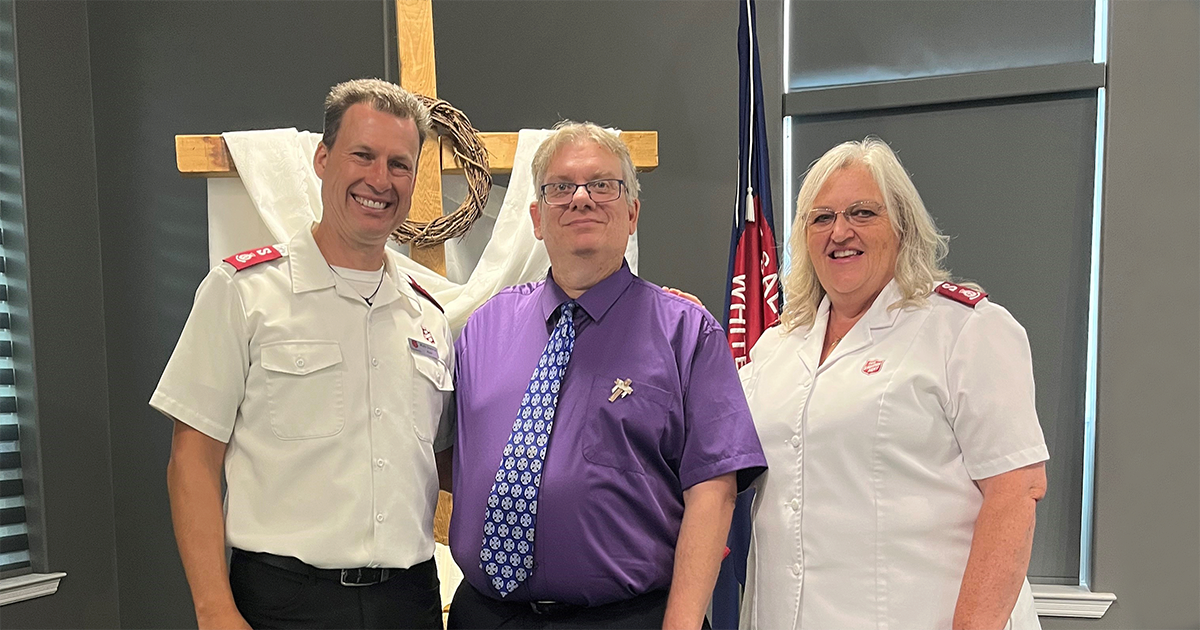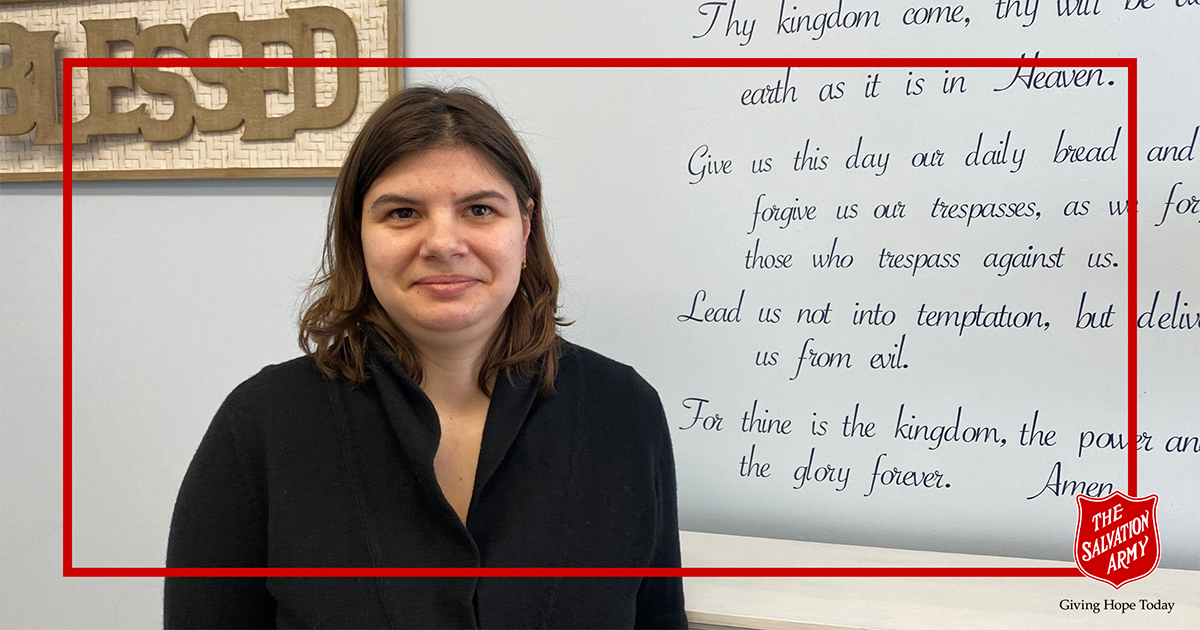In 2018, an average of 92 million people visited Pornhub, one of the largest pornography websites on the Internet, every day. It’s estimated that 25 percent of all search engine requests are for pornography. The digital age has made sexually explicit material more accessible and anonymous than ever before.
Attitudes about porn are changing, too. If you ask teens and young adults which is worse—pornography or not recycling—the answer is not recycling, according to a 2016 Barna report called The Porn Phenomenon. The report also showed that more women are using porn, and that young people are increasingly “self-pornifying”—sharing images of themselves, rather than others.
Porn has gone mainstream, achieving widespread cultural acceptance. And although Christians seek out porn less often, and feel more guilt and shame when they do, there’s no question that porn is a problem in the church—even for pastors.
Is porn harmless or a public-health concern? What kind of impact is it having on us, on our relationships, on society?
Studies have shown that, for young people, exposure to X-rated imagery and pornography is linked to earlier onset of sexual activity, increased risky sexual behaviour and higher tolerance of promiscuity. It also creates unrealistic beliefs about sex, twisting perception about what’s normal.
When it comes to brain activity, neurobiologists have found significant similarities between porn use and drug use. Our neural pathways prioritize novelty—so every time we do a “hit,” it’s something new, and that touches the reward centre of the brain, releasing dopamine.
But like addiction, the novelty effect wears off. As people become desensitized to “regular porn,” it takes more extreme images to attain the same arousal and gratification. In recent decades, porn has become increasingly violent and degrading toward women. In this hardcore porn, “Women are always ready for sex, and are enthusiastic to do whatever men want, irrespective of how painful, humiliating or harmful,” Gail Dines writes in Pornland.
This script—of male dominance and female submission—has disturbing consequences. It leads to an increase in negative attitudes toward women, dominating and sexually aggressive behaviour, and apathy toward victims of sexual violence. It contributes to a culture in which violence against women is acceptable.
The use of pornography is also a gateway to the purchase of sex, which fuels prostitution and human trafficking.
Another reality of the porn industry is the sexual exploitation of children. Statistics Canada reported that between 2006 and 2016, the number of child pornography offences increased by 233 percent.
It’s not only Christians who are calling attention to the harm caused by porn. The website FightTheNewDrug.org is a non-religious organization that seeks to raise awareness of the way porn affects the brain, relationships and society, by using science, facts and personal stories.
How is the church responding to the challenge of pornography? Unfortunately, the Barna report revealed that pastors are low on the list of people who are helping others stop using porn—there’s still so much stigma. It’s time for us to get informed and start having courageous conversations. We need to get comfortable talking about healthy human sexuality, about the beauty of God’s intent and purpose for sex, and the cost when we’re not doing things God’s way.
We need to build trusting relationships within our congregations and ministry units, to create spaces of grace—safe and generous places to talk about life in all its fullness, to be real with each other, remembering that we are all sinners saved by grace. We need to walk graciously with each other, remembering we have a God who renews minds and transforms lives.
For those who want to stop using porn, there is help. The pastoral services department is available if you need resources. Like addiction, it can be a long road back, but there is hope. Porn hides in the dark and happens in isolation. The only way out is in community. We can’t recover on our own—it requires encouragement and accountability. Let’s bring it into the light.
Lt-Colonel Lynn Armstrong is the secretary for program in the Canada and Bermuda Territory.
Photo: © esolla/iStock.com
Attitudes about porn are changing, too. If you ask teens and young adults which is worse—pornography or not recycling—the answer is not recycling, according to a 2016 Barna report called The Porn Phenomenon. The report also showed that more women are using porn, and that young people are increasingly “self-pornifying”—sharing images of themselves, rather than others.
Porn has gone mainstream, achieving widespread cultural acceptance. And although Christians seek out porn less often, and feel more guilt and shame when they do, there’s no question that porn is a problem in the church—even for pastors.
Is porn harmless or a public-health concern? What kind of impact is it having on us, on our relationships, on society?
Studies have shown that, for young people, exposure to X-rated imagery and pornography is linked to earlier onset of sexual activity, increased risky sexual behaviour and higher tolerance of promiscuity. It also creates unrealistic beliefs about sex, twisting perception about what’s normal.
When it comes to brain activity, neurobiologists have found significant similarities between porn use and drug use. Our neural pathways prioritize novelty—so every time we do a “hit,” it’s something new, and that touches the reward centre of the brain, releasing dopamine.
But like addiction, the novelty effect wears off. As people become desensitized to “regular porn,” it takes more extreme images to attain the same arousal and gratification. In recent decades, porn has become increasingly violent and degrading toward women. In this hardcore porn, “Women are always ready for sex, and are enthusiastic to do whatever men want, irrespective of how painful, humiliating or harmful,” Gail Dines writes in Pornland.
This script—of male dominance and female submission—has disturbing consequences. It leads to an increase in negative attitudes toward women, dominating and sexually aggressive behaviour, and apathy toward victims of sexual violence. It contributes to a culture in which violence against women is acceptable.
The use of pornography is also a gateway to the purchase of sex, which fuels prostitution and human trafficking.
Another reality of the porn industry is the sexual exploitation of children. Statistics Canada reported that between 2006 and 2016, the number of child pornography offences increased by 233 percent.
It’s not only Christians who are calling attention to the harm caused by porn. The website FightTheNewDrug.org is a non-religious organization that seeks to raise awareness of the way porn affects the brain, relationships and society, by using science, facts and personal stories.
How is the church responding to the challenge of pornography? Unfortunately, the Barna report revealed that pastors are low on the list of people who are helping others stop using porn—there’s still so much stigma. It’s time for us to get informed and start having courageous conversations. We need to get comfortable talking about healthy human sexuality, about the beauty of God’s intent and purpose for sex, and the cost when we’re not doing things God’s way.
We need to build trusting relationships within our congregations and ministry units, to create spaces of grace—safe and generous places to talk about life in all its fullness, to be real with each other, remembering that we are all sinners saved by grace. We need to walk graciously with each other, remembering we have a God who renews minds and transforms lives.
For those who want to stop using porn, there is help. The pastoral services department is available if you need resources. Like addiction, it can be a long road back, but there is hope. Porn hides in the dark and happens in isolation. The only way out is in community. We can’t recover on our own—it requires encouragement and accountability. Let’s bring it into the light.
Lt-Colonel Lynn Armstrong is the secretary for program in the Canada and Bermuda Territory.
Photo: © esolla/iStock.com










This is sich a great resource.